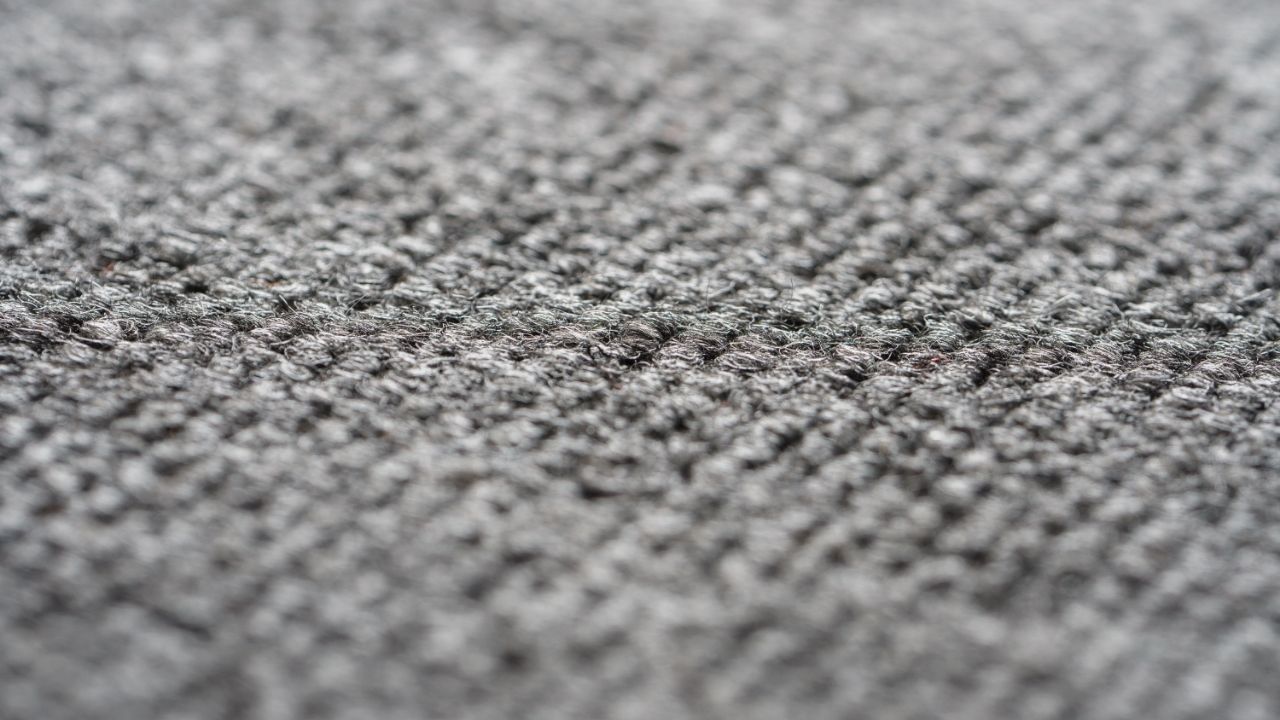
Many people choose carpets as their flooring option for their homes because of their benefits. Some of these benefits may be how they provide a soft and warm surface. But, not all carpets are the same. For that reason, we invite you to learn about these seven carpet fiber types!
Not every type of carpet will work the same for every room in your home. You must consider two things before buying and choosing and carpet. The first thing to consider is the types of fiber. You can choose between natural or synthetic fiber.
The second thing is the pile, which is how the fiber loops are attached to the backing. When a carpet is made, the fibers are looped through the backing material, similar to how you sew a button to a shirt.
In this blog, you’ll learn about carpet fibers, and we’ll touch a little on their loops. Keep reading to learn more!
Difference Between Natural and Synthetic Carpet Fiber Types
When you consider styles or types of carpets, you have to think about the fibers. You must know the difference between a synthetic carpet and natural fibers.
What you should know about natural carpet fibers:
- They can be found in nature
- More expensive than synthetic fibers
What you should know about synthetic carpet fibers:
- They are machine-made
- More stain-resistant than natural fibers
- More practical than natural fibers
Most of the carpets we will go over in this blog are synthetic carpets.
These Are the 7 Most Common Carpet Fiber Types
The seven most common carpet fiber types are nylon, polyester, olefin (polypropylene), wool, acrylic, loop pile, and cut pile. Nylon, polyester, olefin, and acrylic are synthetic fibers, while wool is a natural type of carpet. Loop and cut are the types of piles.
Nylon Synthetic Carpet Fiber
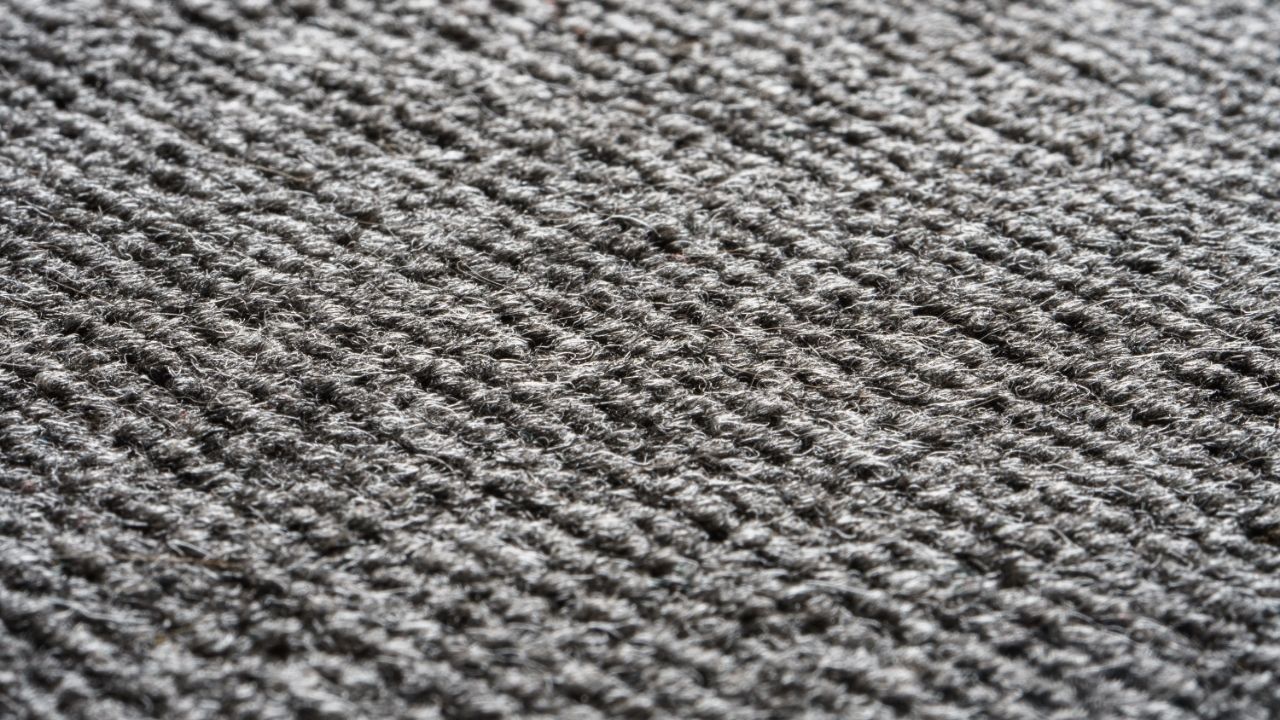
Nylon carpets are very soft, durable, and stain-resistant. It is one of the most popular types of carpets because it can resist mold, wear, mildew, and rot.
Nylon carpet fiber does not flatten from traffic and weight, so it is the most suitable for high traffic areas. This type of carpet fiber also maintains its color well over time and is also easy to dye.
It’s one of the most popular types as it is estimated that about 90% of all house carpets are nylon.
People prefer nylon carpets as they are relatively affordable considering all their benefits. This type of carpet is more expensive than other synthetic carpet fibers. But, it is less expensive than natural wool carpets.
Polyester Synthetic Carpet Fiber
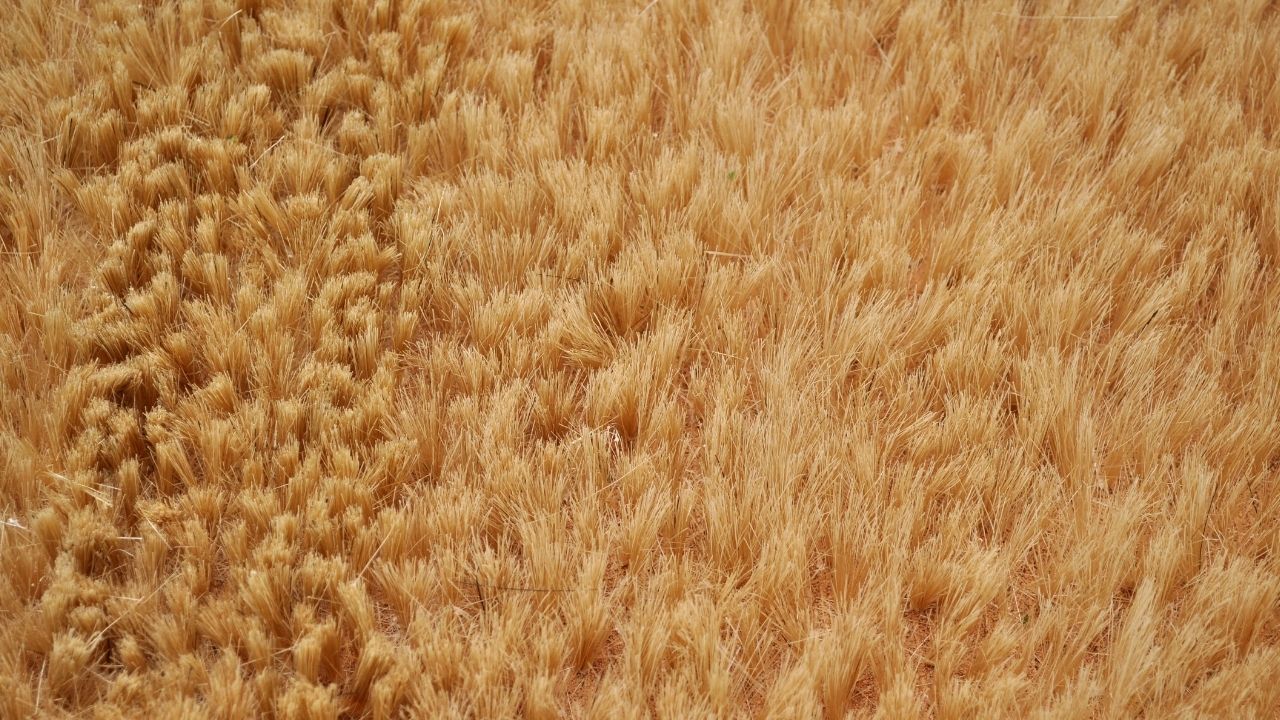
Polyester carpets are known for holding vibrant, fade-resistant colors. This type of fiber is also non-allergenic. So, it is a great choice if anyone in your family suffers from allergies.
However, unlike nylon carpets, polyester tends to flatten under a lot of weight. So, polyester carpets would not work great in an area where there’s a lot of traffic. For example, you shouldn’t install polyester in hallways or living rooms.
Another drawback is that this type of carpet fiber is prone to staining, especially to oils. Besides this, it is difficult to remove the stains.
But, if you’re looking for an eco-friendly carpet, then polyester may be a good choice to consider. There’s a type of polyester carpet called polyester/PET that is made from recycled bottles.
Olefin (Polypropylene) Synthetic Carpet Fiber
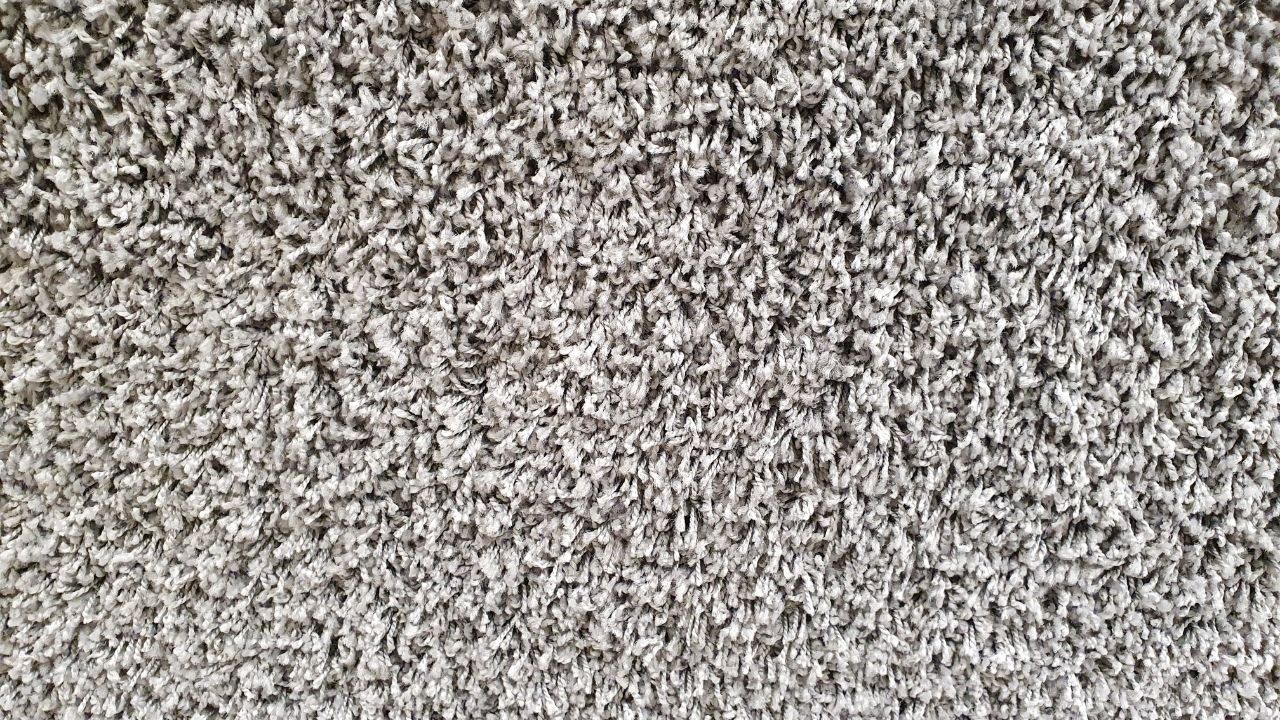
Olefin (polypropylene) comes second in popularity, just behind nylon. It is also stain-resistant. But, it is prone to soiling and holds onto oils, which results in it collecting dirt. The good thing is that it is very easy to clean! You can even use bleach on certain occasions.
In the past, olefin was mostly used in commercial properties. But, nowadays, you can find it more often in homes as well.
The fibers in polypropylene are similar to those in natural wool. So, they serve as a synthetic wool substitute but at a lower cost.
Wool Carpets (Natural Fiber)
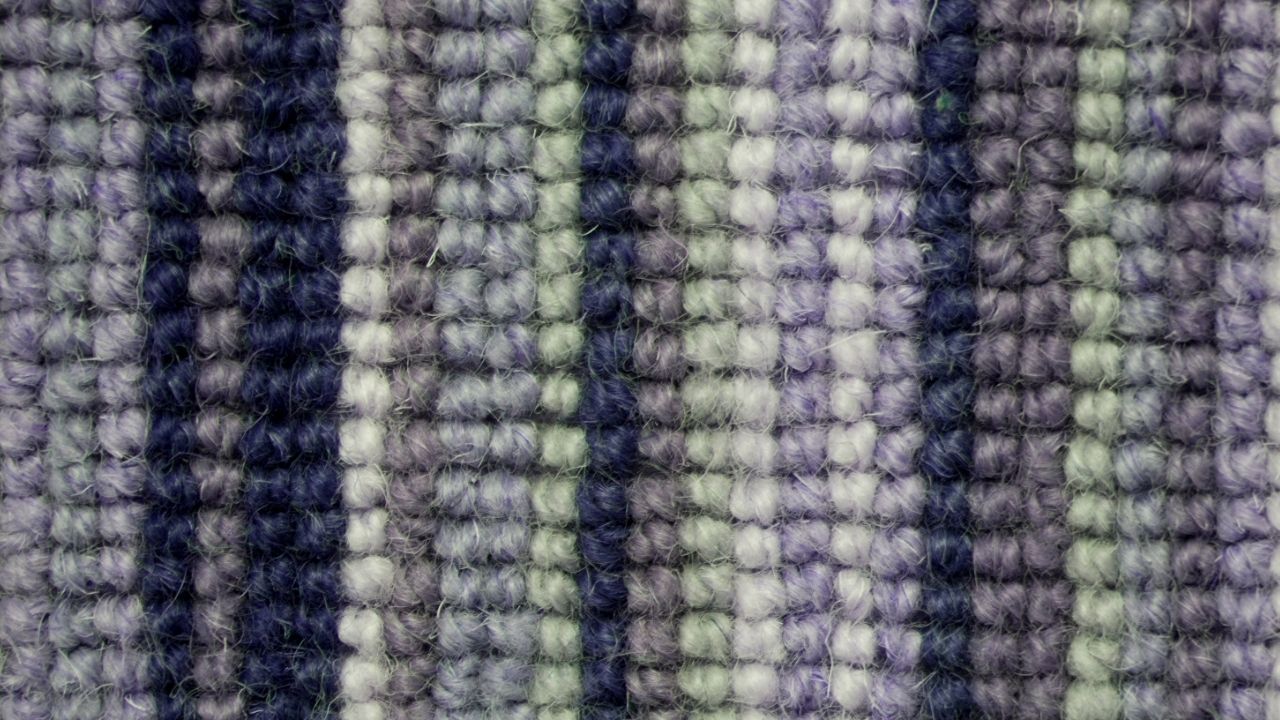
If you want a natural material for your floor covering, then you may want to consider a wool carpet. It is the softest type of carpet fiber while also being luxurious and long-lasting.
There are different types, or “grades,” of wool. Low-grade wool is very prone to staining, but high-grade wool is costly. For that reason, many manufacturers combine wool with other synthetic fibers. As a result, they get a carpet that has the benefits of both natural and synthetic materials.
The most natural type of wool carpet contains no chemicals or additives. In other words, it is the best option for someone that suffers from allergies.
But, the downside is that it is more prone to mold and mildew damage. This is because these fungi feed on organic or natural substances. So, we don’t recommend installing a wool carpet in areas where there are high humidity and moisture.
Acrylic Carpet Fiber (Synthetic Fiber)
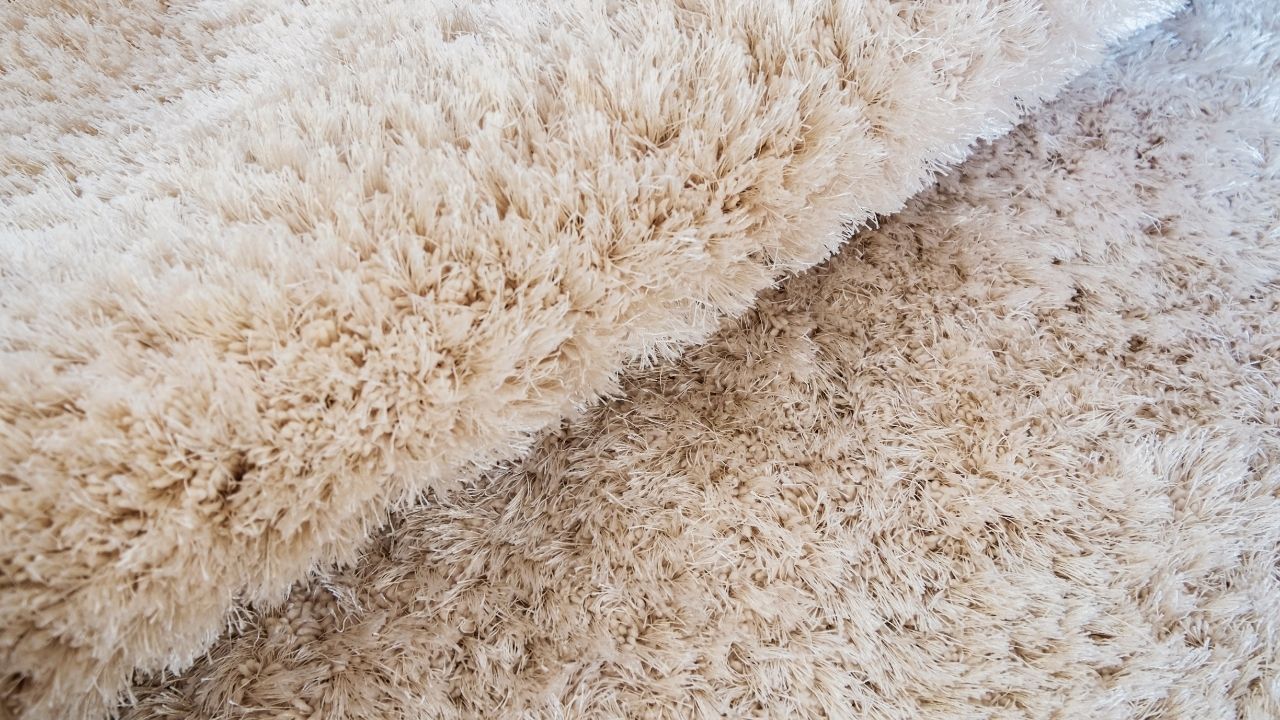
Acrylic carpet fiber is often referred to as synthetic wool. This is because it offers the look and texture of wool at a more affordable price. Acrylic carpets resist static electricity, mold, mildew, moisture, staining, and fading. So, it is an excellent option if you don’t have the budget for a wool carpet.
Also, these types of carpet fibers turn brown with time. This results when they become stained with alkaline chemicals. These chemicals are found in certain cleaning products. So, you have to be careful about which products you use to clean acrylic carpets.
Loop Pile Carpet (Berber or Uncut Pile)
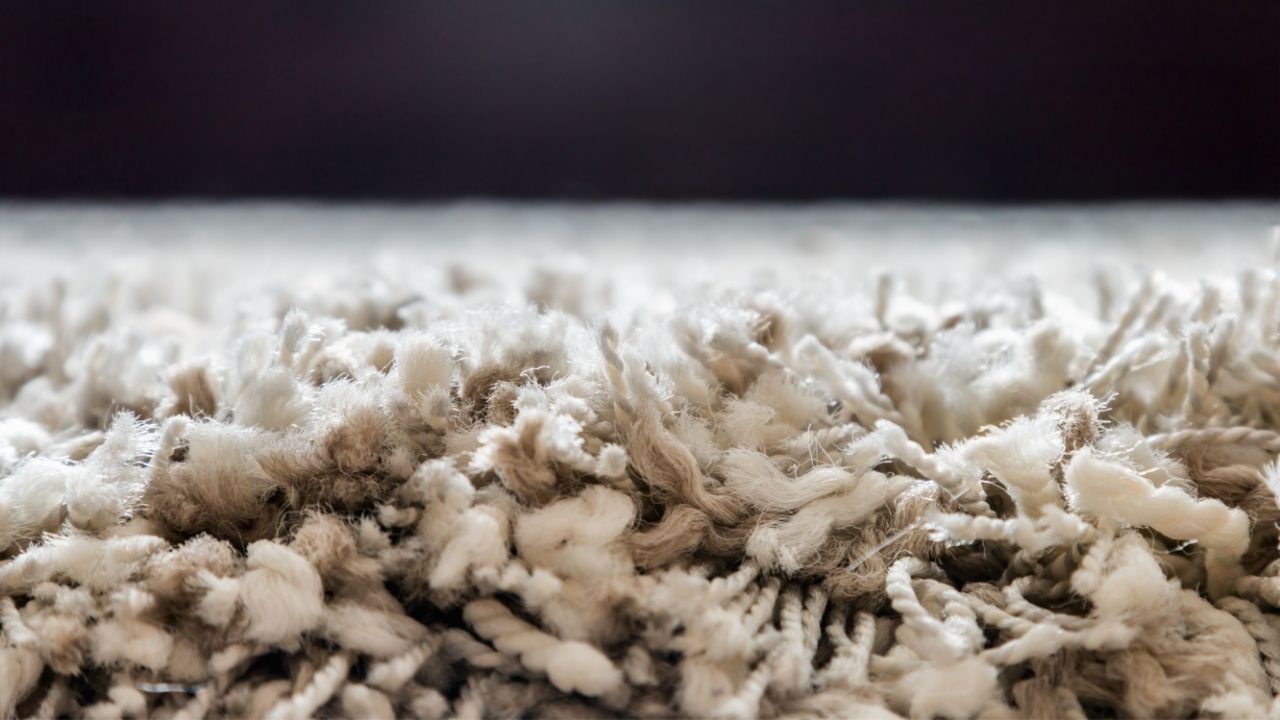
Loop pile, uncut pile, or Berber pile consists of leaving the entire yarn loop intact on the surface of the backing. These loop pile carpets are easy to clean, durable, and stain-resistant.
These types of carpets also don’t show indentations from footprints or vacuum marks. As a result, they are an excellent choice for high-traffic areas.
If you have pets or small children, then we don’t recommend loop pile carpets. This is because the uncut pile fibers can snag or cut them.
Cut Pile Carpet
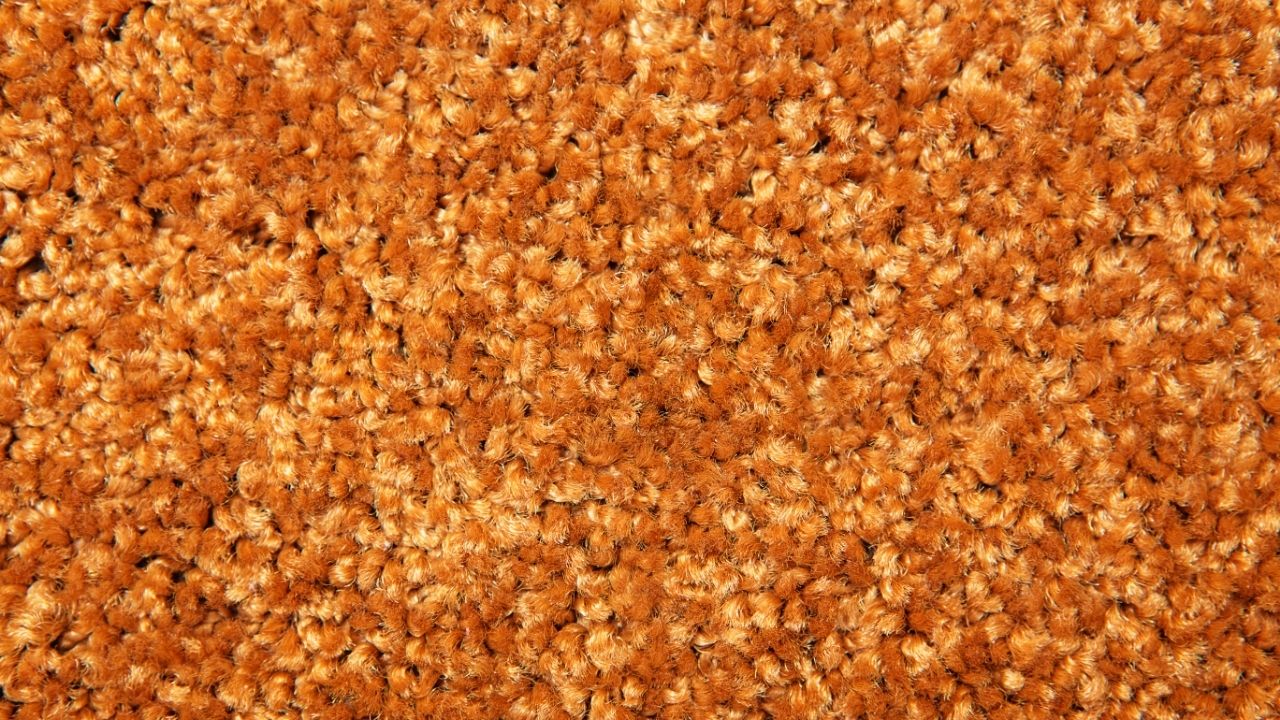
A cut pile carpet consists of shearing off the exposed fibers. As a result, you get a carpet that is easy to clean and provides a soft surface.
You can get various styles of cut pile by cutting the loop slices at different angles. There are also different lengths and thicknesses of cut pile carpets.
The downside to cut pile carpets is that footmarks and vacuum marks are more visible. They are also less durable than uncut pile carpets. So, you will have to replace them more often.
Now that you have a little more knowledge of the most popular carpet fiber types, you are able to make a decision. If you need help deciding which style is better for your home, then be sure to call us! We will advise you through the entire process.
